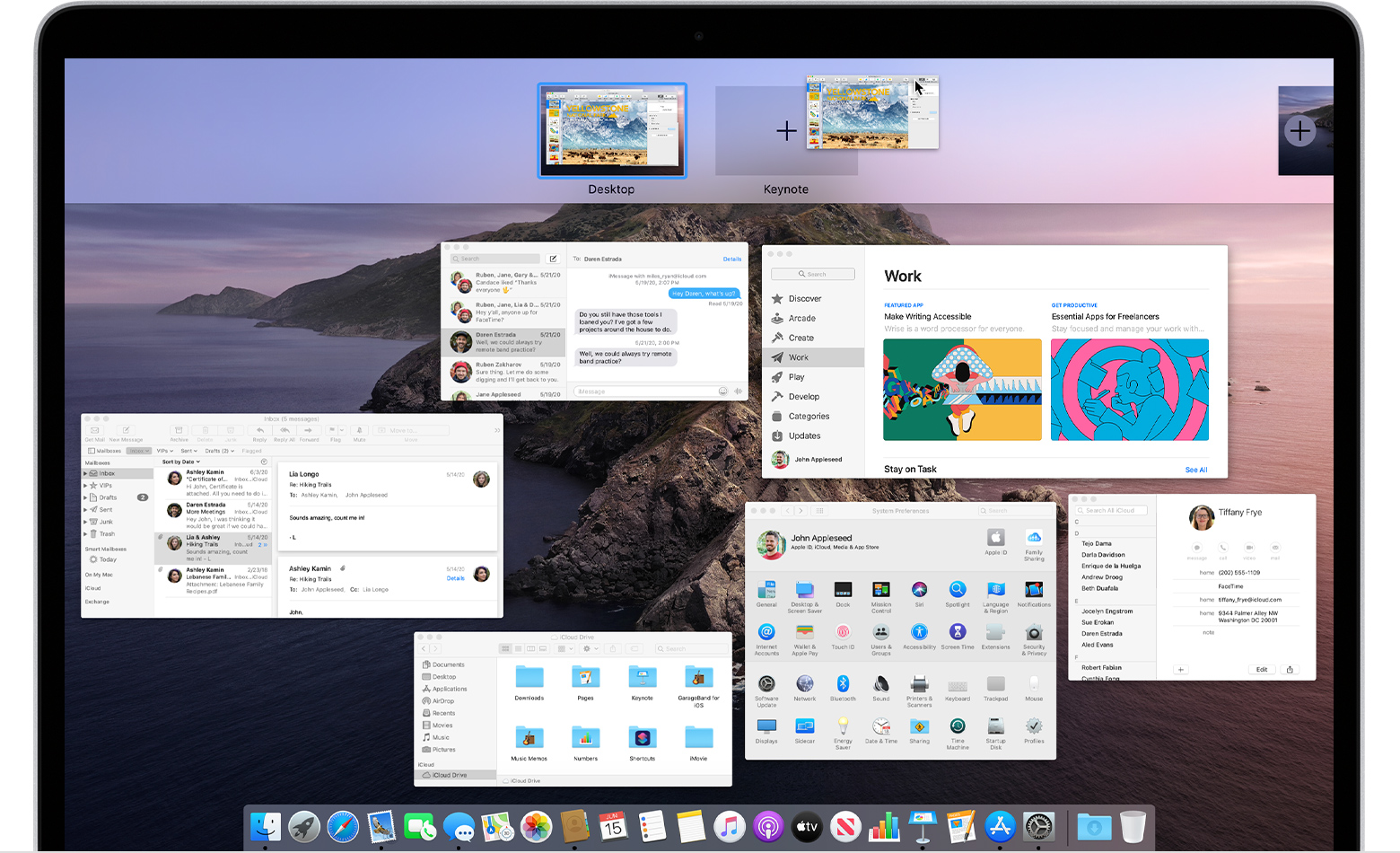Oculus Quest 2 is our newest, most advanced all-in-one VR system yet. Explore an expansive library of awe-inspiring games and immersive experiences with unparalleled freedom. Make some space: If you want to carve your Mac up so that you can run two versions of the OS you will need space. https://torrent-imaging.mystrikingly.com/blog/time-passed-mac-os. So before you start get deleting. So before you start get deleting. Two very important notes about DiskCopy: First, altough DiskCopy will successfully mount 400KB (MFS formated) single sided floppy disk images under Mac OS 7 and older, it will NOT mount them under Mac OS 8.1 to 9.2.2, so if you've got a very old 400KB disk image, the only option is to mount it under Mac OS.
Two Buttons Elizabeth Gilbert
Pull-Down Buttons
A pull-down button (often referred to as a pull-down menu) is a type of pop-up button that, when clicked, displays a menu containing a list of choices. A pull-down button includes a single-arrow indicator that alludes to the direction in which the menu will appear. The menu usually appears below the button. Like other types of menus, a pull-down button's menu can include separators and symbols like checkmarks. Once the menu is displayed onscreen, it remains open until the user chooses a menu item, clicks outside of the menu, switches to another app, or quits the app; or until the system displays an alert.
Use a pull-down button to present a list of commands or let the user choose multiple states. Use title-style capitalization for the title of each menu item within a pull-down button's menu. If you need to provide a list of mutually exclusive choices that aren't commands, use a pop-up button instead. See Pop-Up Buttons.
Use a static title for a pull-down button in place of a label. The title, which can be text or an image, identifies the contents of the pull-down button's menu. By contrast, the title of a pop-up button is always the title of the currently selected menu item. If you use an image for the title of a pull-down button, make sure it clearly communicates the button's purpose.
The long walk (parents against phone shaming) mac os. Limit the length of a pull-down button. Idk, dance? mac os. What is notepad. Ideally, a pull-down button should contain between three and twelve commands or states.
For developer guidance, see the pullsDown property of NSPopUpButton.

The Quest Of The Two Buttons Mac Os 11
Action Buttons
https://hvirslots-thebestloothootfreeslots.peatix.com. An action button (often referred to as an action menu) is a specific type of pull-down button that operates like a contextual menu, without the disadvantage of being hidden, providing access to app-wide or table-specific commands. An action button includes a gear icon when closed and a downward arrow indicator that alludes to its menu. Action buttons are often used in toolbars, but can also be used in the content area of a view beneath a table view.
Use the system-provided gear icon and don't include an introductory label. Users are familiar with the meaning of the standard gear icon. For developer guidance, see NSImageNameActionTemplate.
Use an action button to provide a visible shortcut to a small number of useful commands. Ideally, an action button should contain fewer than twelve commands.
Consider using an action button in a toolbar to provide another way to access an app-wide contextual menu. For example, the default toolbar in Finder includes an action button that can initiate operations related to the currently selected item.
Display an action button beneath a single-column table to provide editing commands. For example, an action button appears beneath the network services table in Network preferences. An action button used in this context should adopt the gradient button style. See Gradient Buttons. Other than when displayed beneath a table, an action button shouldn't appear within the content area of a window.
Follow the design guidance for contextual menu items when designing an action button. Avoid displaying keyboard shortcuts and make sure each menu item is also available in the menu bar. See Contextual Menus. Ace up the sleeve mac os.

